NASA’s $1 Billion Jupiter Probe Just Sent Back Photos Of The Beautiful Gas Planet
Tags: opinion
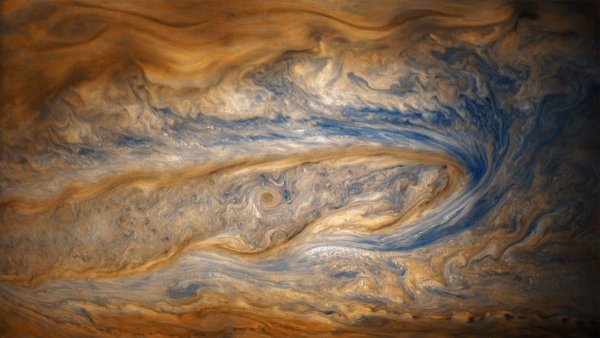
By Amanda Froelich Truth Theory
There’s a lot to love about Jupiter — especially now that NASA’s $1 billion probe has sent back new images of the planet.
In August 2011, the Juno Spacecraft, built by Lockheed Martin Space Systems, launched into space. On July 4, 2016, it finally entered Jupiter’s orbit. Every 54 days, the probe’s elliptical orbit places it close to the planet and for a time, it is the fastest man-made object in the solar system.
Though the probe’s primary scientific mission is to study Jupiter’s magnetic field, composition and gravity field, the probe also has a camera (known as JunoCam) that allows for close-up photographs to be taken.
On October 24, the probe made its eighth fly-by (or perijove) of Jupiter. Traveling roughly 130,000 miles per hour, it snapped some compelling photographs of the planet’s atmosphere (which is a turbulent mess of hydrogen and helium gases). On October 31, 2017, the photos were finally received by NASA. Because the images were raw and grainy, the space agency commissioned outsiders to do some touch-ups and add more color.
“Brand new Jupiter pics from @NASAJuno Perijove 09! What a blimmin’ gorgeous/diabolical planet,” Seán Doran, a UK-based graphic artist who regularly processes NASA images, tweeted on Tuesday.
The finished result is dreamy
Following are new photographs of Jupiter:
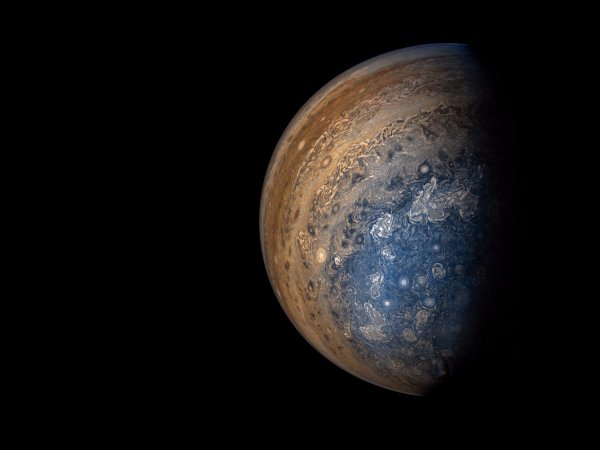
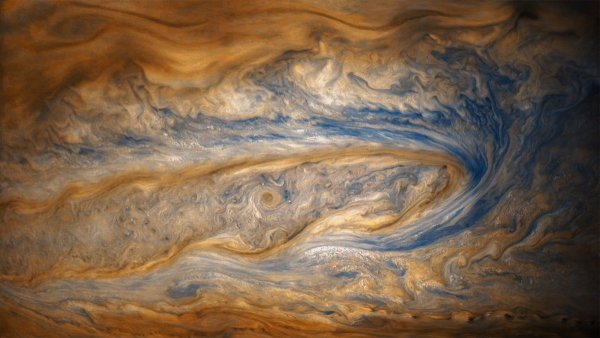
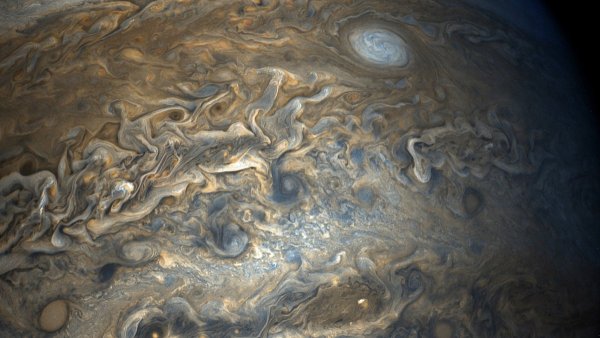



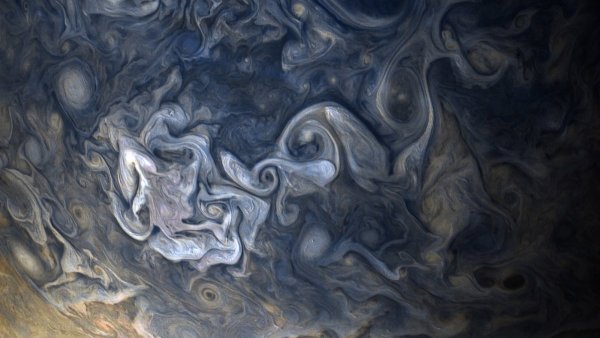

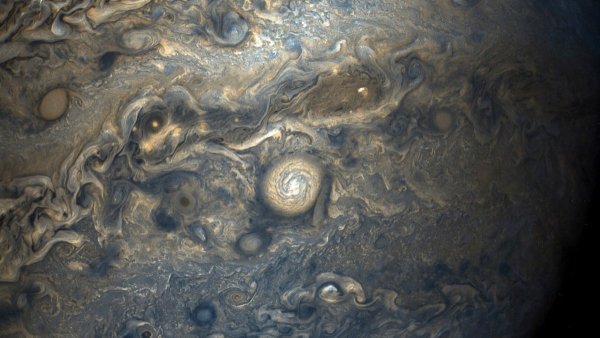
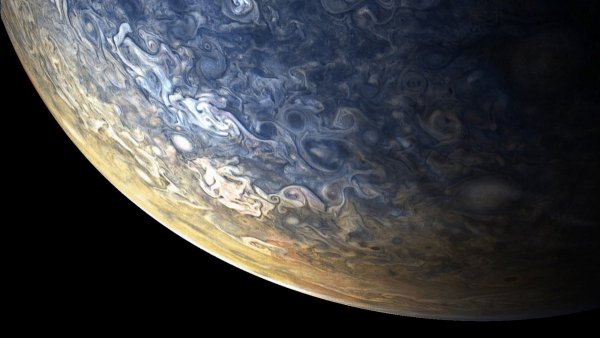


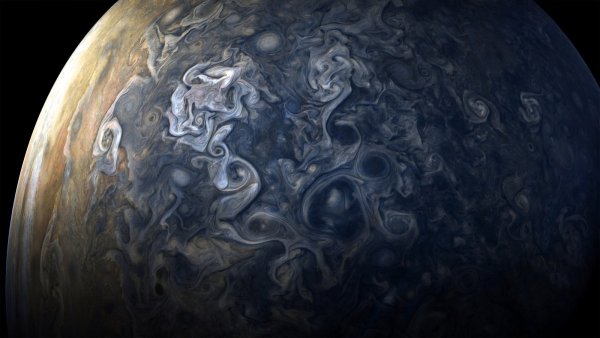
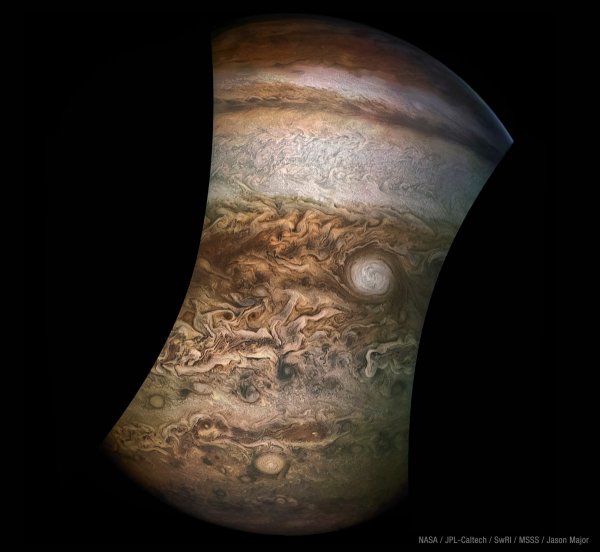
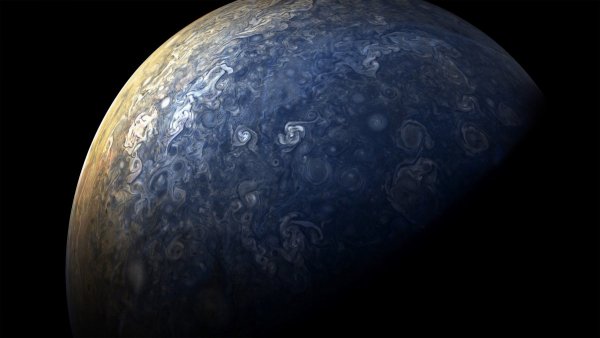
We’ll just enjoy these captivating photos of the planet, which has an average temperature of -148 °C
As Sci-Tech Universe reports, the spacecraft will continue to document Jupiter for as long as possible. But not forever.
Read more:
Electrons Have Been Recorded Whistling In Space Here Is How They Sound
Sources: Fortune
I am Luke Miller, content manager at Truth Theory and creator of Potential For Change. I like to blend psychology and spirituality to help you create more happiness in your life.Grab a copy of my free 33 Page Illustrated eBook- Psychology Meets Spirituality- Secrets To A Supercharged Life You Control Here
Leave Comment: